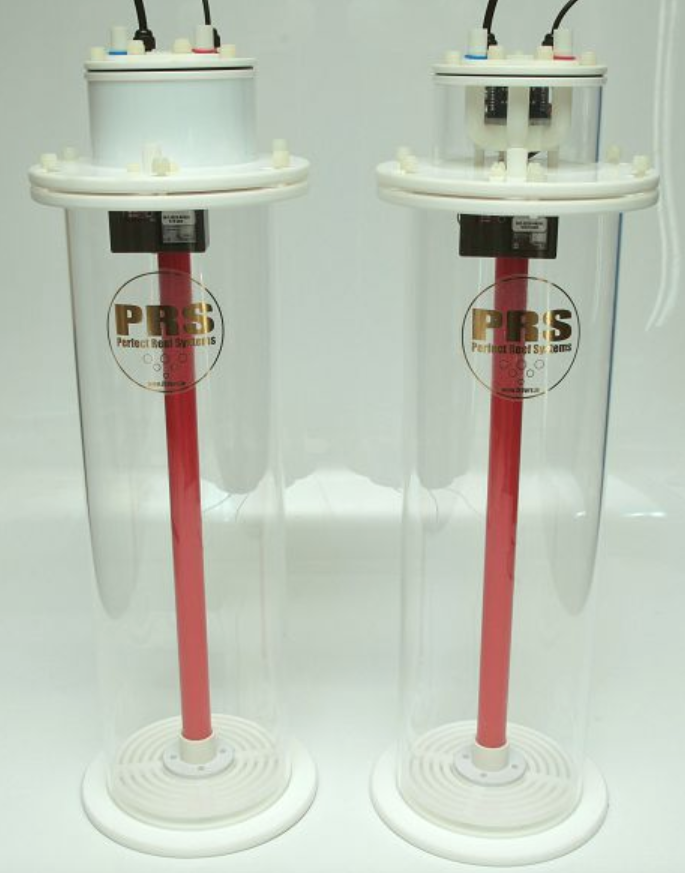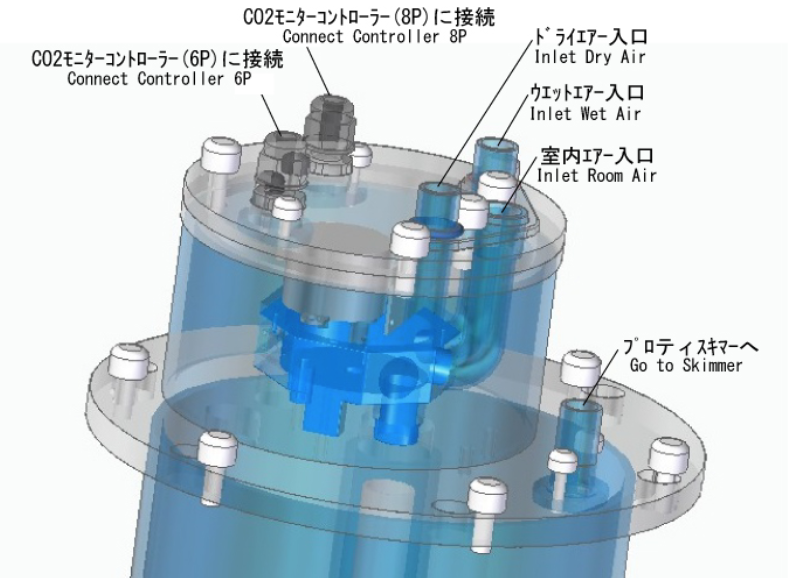CO2 CUT is a CO2 scrubber by Perfect Reef Systems, Japan. Like other scrubbers, it uses CO2 absorbing media inside a reactor to prefilter atmospheric air and decrease its CO2 content before being sucked in by the protein skimmer. Unlike conventional CO2 scrubbers, however, PRS has identified that the moisture content of atmospheric air also plays a part in the media’s ability to uptake CO2, so CO2 CUT both monitors and controls the amount of moisture entering the unit.
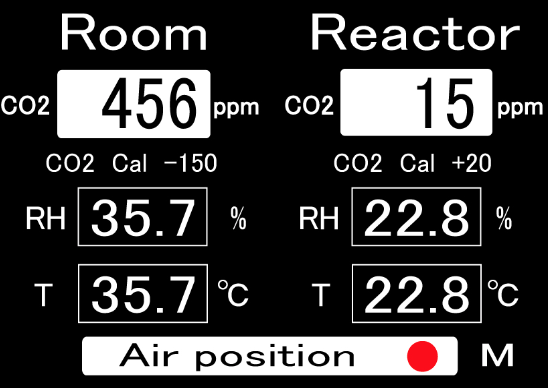
According to the manufacturer, most CO2 absorbing media works in a similar way but actually need a certain moisture content to work effectively. Indoor CO2 levels vary from season to season, region to region, if the windows are open, and is even affected by the number of people in the room. PRS says that your tank is not only battling varying levels of CO2 entering via your skimmer throughout the day and throughout the year, but if you use a CO2 scrubber its effectiveness at removing CO2 is also affected by the moisture content in the room, throughout the day, and throughout the year. So they’ve come up with an automated way to manage the problem.
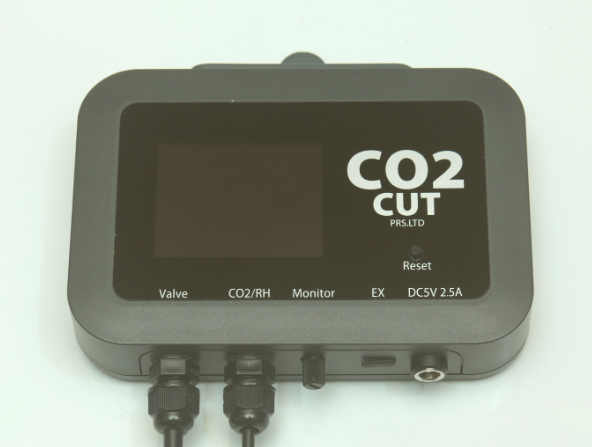
The acrylic reactor itself holds four liters of media but the top is very different as it houses a CO2 sensor, a humidity sensor, and a multiport valve. The reactor connects to a controller which monitors humidity, room temperature, and carbon dioxide levels. Based on those readings the device then selects air from one of three inlets – wet air, dry air, and inlet room air, before sending it through the reactor, through your skimmer, and into your tank. Go all out and you can select a controller that displays the temperature, humidity, and CO2 level of both the room and inside the reactor separately, with the PRS controller also compensating for the effect that temperature has on humidity.
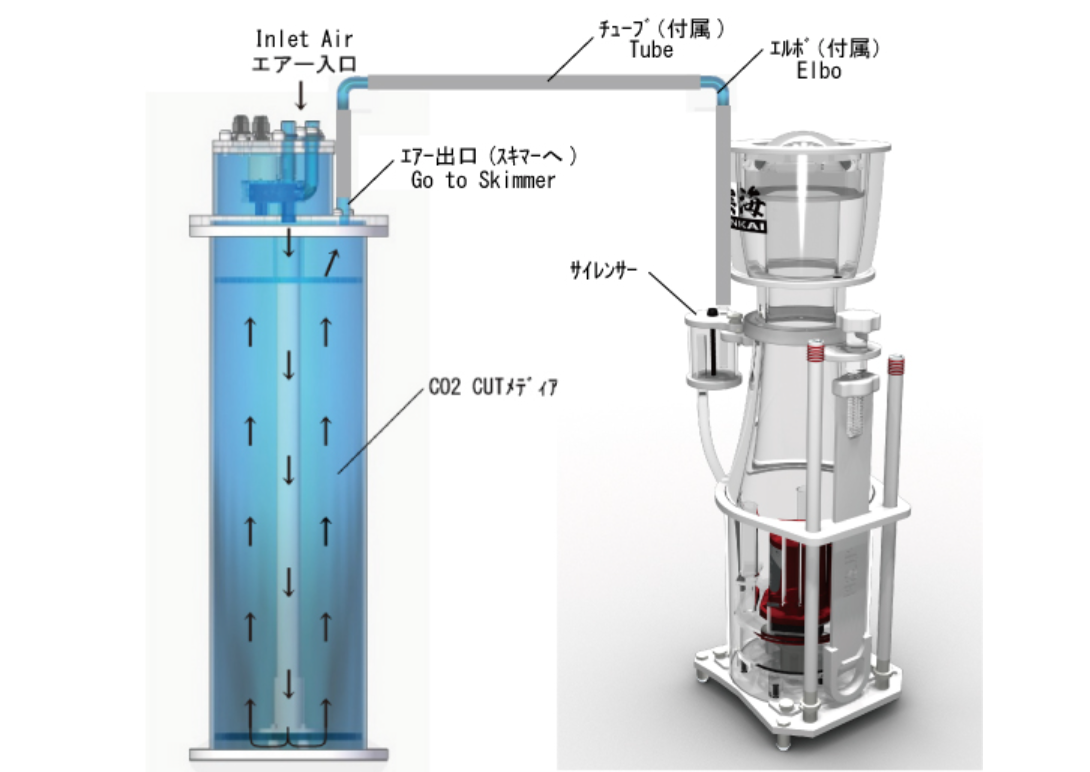
Based on the information we have to date, it looks like wet air is selected by taking air from just above the water level in the sump. There is no mention of an air dryer being necessary (like for ozone,) on the dry air feed, although it would need something to make it different from the inlet room air feed, or for air to be fed from another area. pH is being much more widely discussed so it’s good to see the deeper dive that PRS has taken into one of the popular ways sought to lessen the effects of CO2 on pH in our tanks. More effective, better optimized CO2 scrubbing will mean swapping out media more often, however, and the cost of replacement media remains the main drawback with this form of pH improvement.
